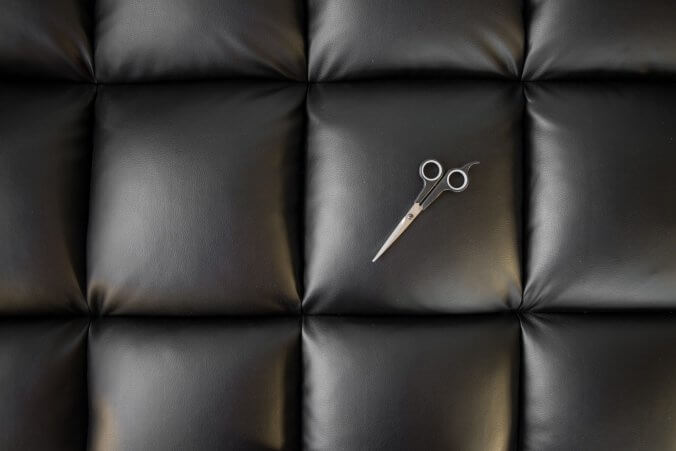How to Care for Leather? Leather is a natural material made from the skin of an animal. Today, it is mostly used in shoes and jackets but originally, it was used to cover shields and saddles for horses. Leather has been utilized by humans for centuries with its particular properties, such as water-resistance or ease in building boats, making it one of the most popular materials ever.
Perhaps you’ve already heard about how to care for leather? Typically, there are different methods that enable protection from dirt, insects and other harmful elements.
Now, let’s see how to care for leather.
In order to preserve and protect the leather, it first needs a protective layer or coating. This process is called wet-sealing.
Some materials can be used for this such as water-proofing sealant or even liquid waxes but generally speaking, oil-based products are recommended because they act as a protective barrier while still allowing the leather to breathe. As a rule of thumb, always use products that are recommended by your manufacturer or retailer.
Additionally, check for the pH value of the products you are using – if it’s below 7, then it can be used on leather and if it is above 7, then you will need to select a different product.
By applying oil-based products on your leather, you also provide it with a layer of resistance against water and stains. The most popular oils used in this process are linseed oil or neatsfoot oil which are specially designed to nourish leather naturally.
Another type of oil is tung oil which is more drying and is used mainly for use in the fashion industry. In general terms, most leather products are treated with one of these two.
Different products are available which will allow you to condition the leather and protect it against water. One of the most popular is known as ‘waterproofing.’
The principle behind this technique is to replicate the natural oils and fillers of the leather that are lost in wet conditions. These products must also be used with caution because they can harden, causing hairline cracks on your leather all around.
If you want a more natural look, you can use waxes or oils in order to produce a glossy effect on your leather. However, this is all dependent on the type of wax or oil you use, so make sure that you read the label carefully because not all products will be the same.
You can also easily enrich your leather with a natural oil by selecting natural oils from different sources such as aloe vera, olive oil, palm oil, avocado and even coconut oil.
It is also vital to look at the workmanship already existing in your leather. In other words, never use any product that has silicone or wax because it will accumulate in the stitches of your leather and give you a messy look. Also, it is important to select oils based on the kind of leather you have, as different types of leather may react differently to certain oils.
If you want to keep your leather looking new for longer, it is vital that you care for it properly. For example, you can select a product for cleaning or for protecting your leather. If a shampoo is used, it is imperative that it is made of natural ingredients that do not harm your leather in any way.
There are also products specially designed to apply naturally on your leather and they work by absorbing grease and dirt particles. This can be a good solution if you want to maintain the look of your leather but in order to make sure that your leather remains soft and moist, it is essential that you clean it regularly.
Finally, it is essential to consider the method of cleaning you are using and how your leather will react. For example, you can clean your leather with a damp cloth regularly or you could use a vacuum cleaner on it.
If you plan to clean your leather using a vacuum cleaner, choose one that is small and lightweight because this kind of machinery can damage the stitches of your leather. Also, avoid vacuuming on leather which has thick nails.

Leave a Reply